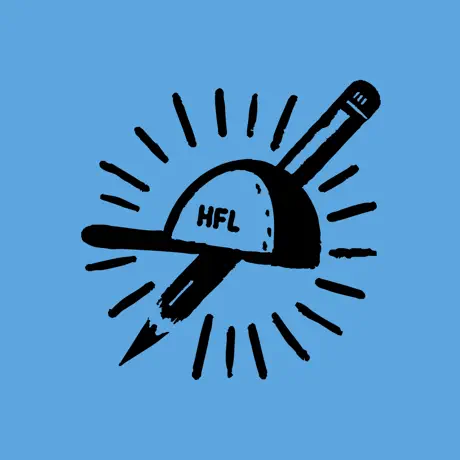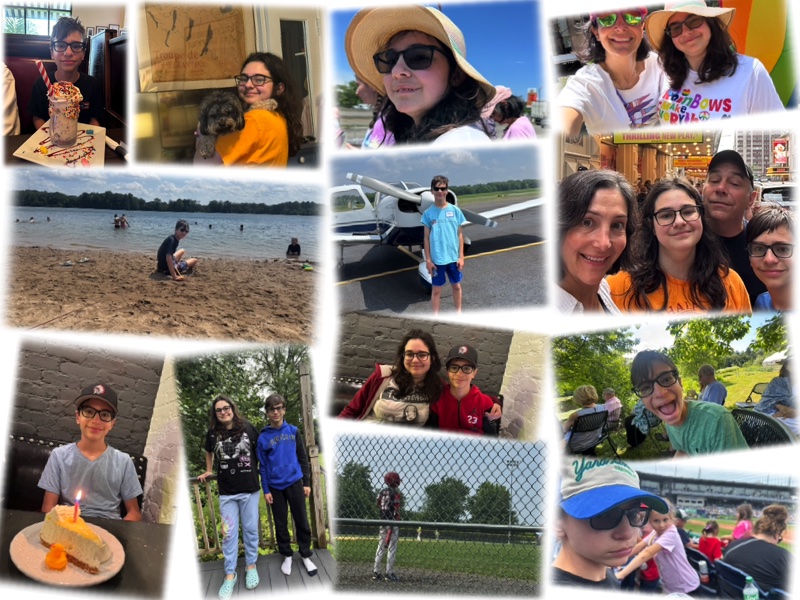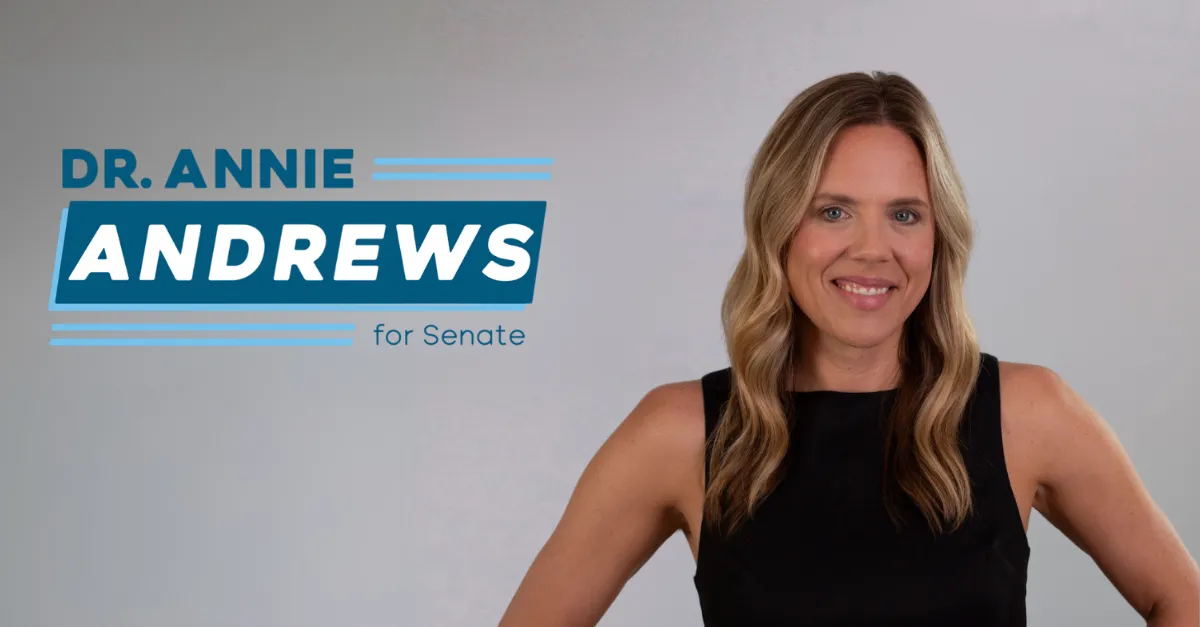When I wrote my first novel, Something Missing, I was lost when it came to the physical description of characters, and the characterization of many secondary characters was entirely non-existent. No one who read my original manuscript could tell how old my protagonist, Martin, was, or anything else about him in terms of appearance.
I’d venture to say that not a single word of physical description appeared anywhere in the first drafts of the book.
There were a couple reasons for this.
First, I possessed a genuine disinterest in physical description which had led to an inability to write it. When reading, I tend to scan the passages of description, looking for where the action and dialogue pick back up. I am rarely concerned with how a character looks or even what the setting might be, and so I reflected this disinterest in my own writing.
I am also a strong auditory learner with very little visual memory. I can spend the entire day with my wife and kids and not be able to tell you what they are wearing once they have left my sight.
I often can’t tell you what I’m wearing unless I look down.
Conversely, I can remember everything that was said to me during a day, oftentimes verbatim, and I can recall conversations from weeks, months and ever years earlier with great accuracy. It sounds like a wonderful talent to possess, but those who know me best will tell you that it doesn’t make the nicest person at times.
Sometimes it’s just better to forget what someone has said and move on.
My agent helped me a great deal during the revision process of Something Missing in terms of physical description, and since then, I’ve gotten much better at it.
I am more aware of it and therefore better at writing it.
A couple of strategies have also helped in this regard.
Once I knew about my problem, I started keeping lists of physical descriptors that I could use later on. I would pick up ideas from books that I was reading and by scanning faces in restaurants and identifying previously unnoticed personal attributes. I would literally write things like, “Oh, there’s more than one kind of eyebrow” and “Women wear lots of different stuff in their hair!” Eventually I started to find it easier to include these descriptors in my fiction.
I’ve also started searching for photographs online that best represented certain characters in my fiction order to help facilitate the process of describing their physical characteristics.
My current manuscript, for example, has a 16-year old punk girl in it, so I searched online for photos of punk teenagers, found one who looked about right, and saved it to my computer. I referenced this photograph a great deal at the onset of the book and now I have the image of this character firmly set in my mind.
There is also a flashback scene in my manuscript from the 1980’s. Unaware of female fashion at the time, I used Twitter to ask what punk girls from the 1980’s looked like and received a bunch of responses that I am now incorporating into the book.
Slowly but surely, I have overcome this obstacle.
As my books were later optioned for television and film, I was asked by producers, screenwriters and show runners who I envisioned playing Martin or Milo or some of the other characters from my novels, and for a long, long time I was unable to answer what should have been a simple question.
But since I had no real idea what my characters looked like, I was unable to envision an actor or actress to play them.
One producer asked, “I thought novelists envisioned an actor for each part in their books?”
I didn’t have the nerve to tell him that all I ever envisioned was an amorphous, talking blob of humanity.
I’m better now, both because I have overcome many of the barriers to physical description, and because I am better prepared for these kinds of questions.
But the biggest lesson I learned through this process has been this:
Just because something isn’t important to the writer doesn’t mean it isn’t important to the reader. Writing is a two-way process. You write the story as you see and hear it, but then you must revise the story for how the reader will see and hear it.
Forgetting to do so, or worse, refusing to do so, will leave your reader annoyed and lost.
If you are lucky enough to find a reader for your single-minded, inflexible, presumably precious narrative.











